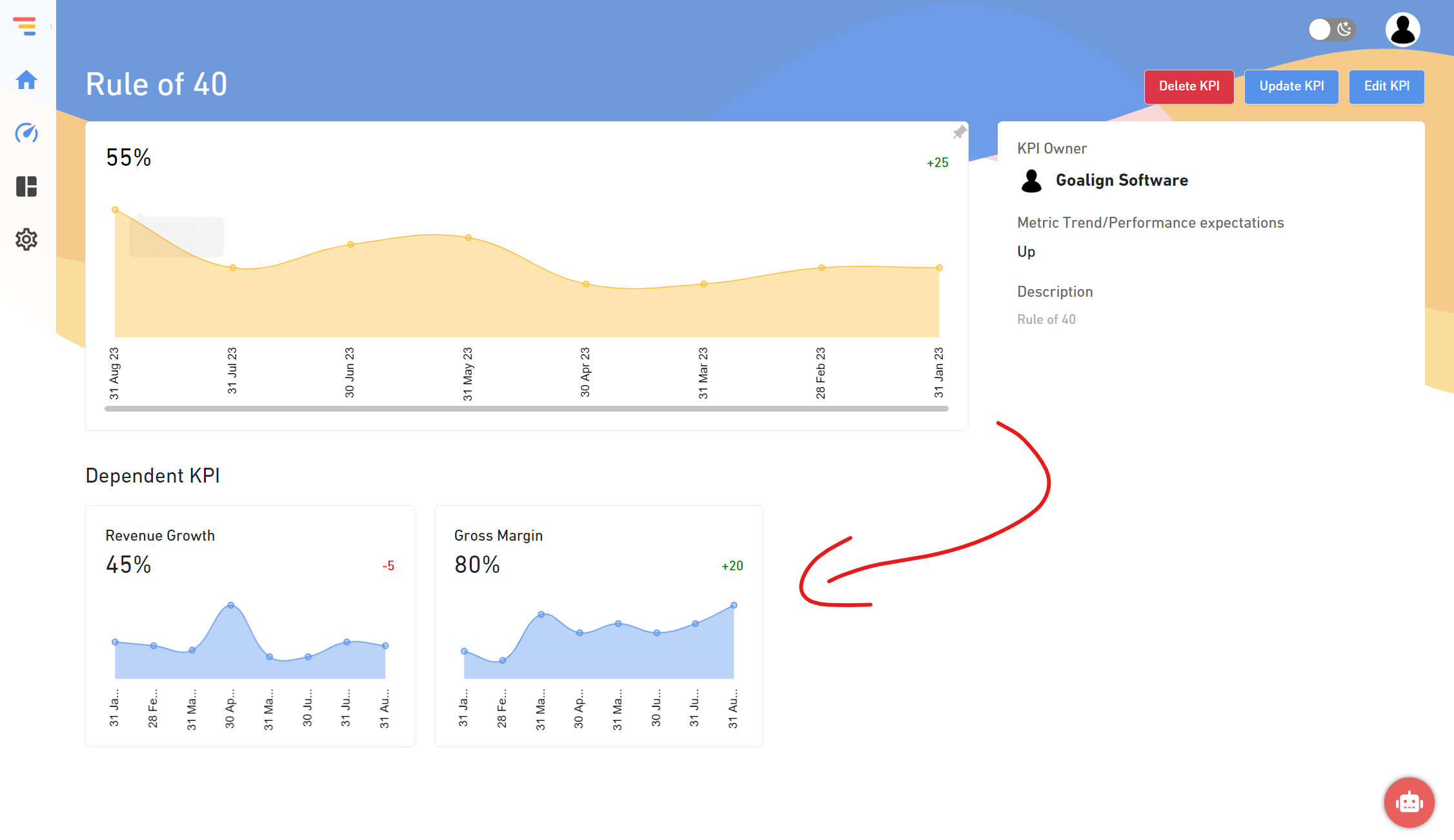Introduction
Cisco CEO John Chambers stated plainly, “Disrupt or be disrupted.” To escape disruption, one must first become a disruptor. Disruption is not limited to one sort of business, and it is the catalyst for change. It occurs when a good or brand enters the market and pushes its way to the top, eventually uprooting competitors or developing its market.
Google is one such disruptor. OKRs are one of the reasons that have contributed to Google’s success. Google popularized the OKR framework and credited its success to the OKR goal-setting technique. OKRs have been used by Google since the company’s start when it had only a few people. Soon after, LinkedIn, Twitter, Oracle, Dropbox, and many other large firms adopted OKRs.
Employee engagement is increased by a CEO's OKR dialogue with employees
The most excellent method to ensure employee engagement and happiness is recognising their ideas and efforts. Employees are encouraged to strive toward the company’s business objectives and come up with fresh and innovative ideas when they are engaged and feel valued.
1. Discussion of OKRs with the Team
As a CEO, it is critical to discuss how OKRs develop with teams and people. To have a productive discussion, ask the following questions ahead of time:
- Is the progress of the team satisfactory?
- Is the progress of the team following the stated OKRs?
- What areas are succeeding, and where can they be improved?
Knowing the answers to these questions will offer a better understanding and the appropriate framework for discussing OKRs with teams and employees.
2. Individual commitment is increased as a result of OKR
OKRs inspire dedication and motivation. Following the establishment of company-wide OKRs by the CEO, executives must decide on which OKRs they will strive toward throughout the quarterly. There is openness, dedication, and responsibility because it is done in front of coworkers, peers, high-level executives, and the CEO.
3. Obtaining employee feedback for the Strategic Planning process
The Strategic Planning phase is aimed to solicit employee participation in determining the corporate strategy. This enhances employee morale and motivation and their engagement in the success of the firm.
CEOs Involve Employees in High-Level Strategic Initiatives
The most excellent method to keep your staff motivated is recognising and appreciating their accomplishments. Make them feel as if their viewpoint is valued. This will encourage them to bring fresh and unique ideas to the table while still working hard to fulfil the strategic objectives.
OKR Training for Leadership
Executive executives socialize and identify top-level objectives for the organization at the start of the Strategic Planning phase of the OKR cycle. Organisational leaders should develop goals that will inspire the organization and, eventually, the workforce. Growth, excellence, people, innovation, customers, and optimization are shared objectives.
OKR Team Planning
To successfully implement OKRs, you must brainstorm and plan workshops to establish contributing departmental and team OKRs. This is a fantastic opportunity to interact with your front-line personnel. Involve them in talks, solicit their feedback, and respect their perspectives.
Share OKR Team
Individuals split off after departmental and team OKR planning to establish what they need to achieve this quarter to assist the organization to realize its Objectives. Following that, the organization should reconvene in a session where all members publicly share and commit to the quarter’s results.
OKR Team Share
Before you go ahead and discuss OKR progress with your team, here are a few things you should ask yourself:
- Is your team’s development in line with the objectives you’ve established?
- Are you pleased with how things have gone thus far?
- What are the most critical areas in need of improvement? What are the high-performing areas?
These questions will provide you with a general picture of how things have been going and allow you to interact with your staff more effectively.
OKRs are a mechanism for creating corporate goals and measuring their progress.
OKRs are an essential tool for CEOs when developing organizational goals and measuring outcomes. The aim portion of an OKR should be brief and contain unambiguous declarations of a high-level purpose. The OKR framework supports teams in focusing on their objectives.
Setting high-level objectives (OKRs)
While OKRs are being established during the first Strategic Planning phase, the firm’s CEO and other executive leaders decide on top-level organizational objectives. The goals are to propel the business to new heights, which ultimately boils down to motivating personnel. As a result, these goals are centred on:
- Employees
- Customers
- Excellence
- Growth
- Innovation / Creativity
OKRs are critical for ensuring that vision and execution are on the same page.
Once the CEO has defined OKRs, the goals are used for the product roadmap and critical results. Key outcomes are essential for breaking down objectives into smaller, verifiable milestones and measuring the team’s success. It also assists people in staying focused on critical objectives and setting their priorities by not becoming sidetracked by goals that appear urgent but are less significant.
Brainstorming and planning workshops for OKRs
Leaders must set OKRs for the various departments and teams for company-wide OKRs to achieve organizational success and execution. Brainstorming and planning meetings are pretty beneficial in this regard. They also provide an excellent chance for the CEO and executives to meet and engage with employees at all hierarchical levels. It’s a terrific opportunity to include kids in the OKR establishing process, solicit their feedback, and listen to what they have to say.
OKR Examples for CEOs
Here is a collection of OKRs tailored to the job of a company’s CEO. We’ve kept this quite generic, but keep in mind that it may need to be tweaked slightly depending on your industry, corporate goals, and the size of your firm.
Objective I: Implement general cost-cutting measures and enhanced cost controls across the company.
- Key Result 1: Achieve 15% net profit margins in Q3.
- Key Result 2: Develop predictions and action items to assist us in reaching 20% profit margins in Q4.
Implement P&L/accountability controls throughout the executive team as a key result.
Objective II: Implement an acquisition strategy to boost organic growth.
- Key Result 1: Begin due diligence for a $1 million+ acquisition that will close in Q4.
- Key Result 2: Appoint a Corporate Development Director to oversee the acquisition strategy.
- Key Result 3: Align the VP of Finance with the acquisition plan to provide detailed three-year predictions.
Objective III: Establish a strategy for office development and expansion.
- Key Result 1: Sign a lease for a third-floor extension in the first quarter of 2016.
- Key Result 2: Sign a lease for a New York office to serve 15 New York-based workers over the following 18 months.
- Key Result 3: Be recognized as one of the top ten best places to work in the United States.
Conclusion:
The organization’s CEO must guarantee that the firm remains competitive. They should always strive to enhance communication with their employees, and OKRs are a great tool to help them do so. This number of constraints that all workers must be aware of and accountable for their commitments, all on the same page, and everybody is committed.






